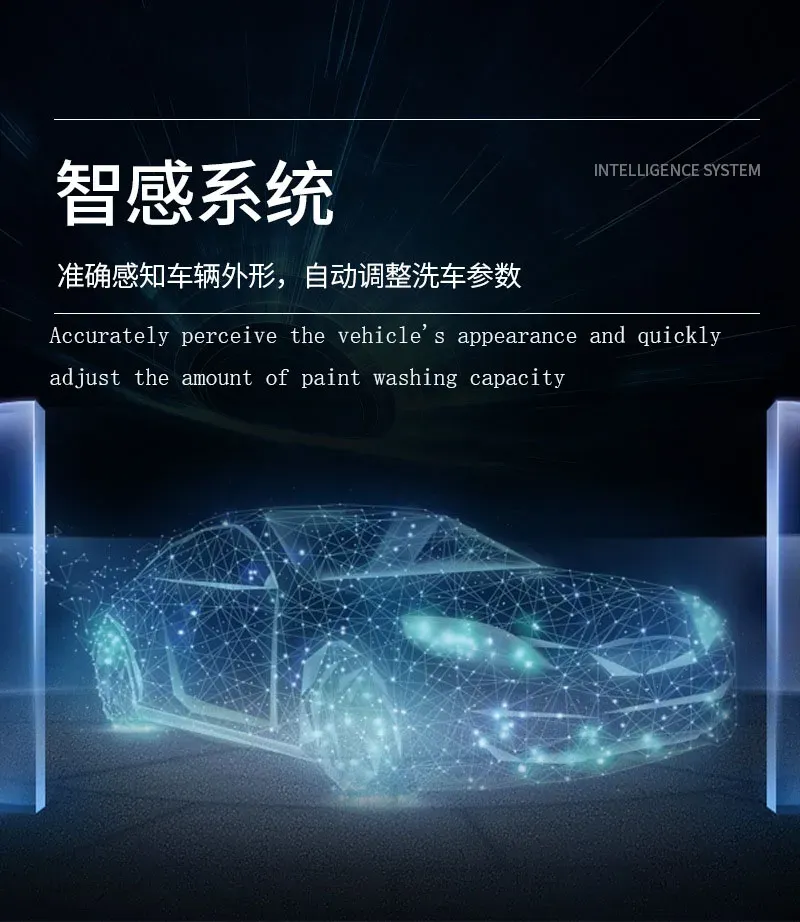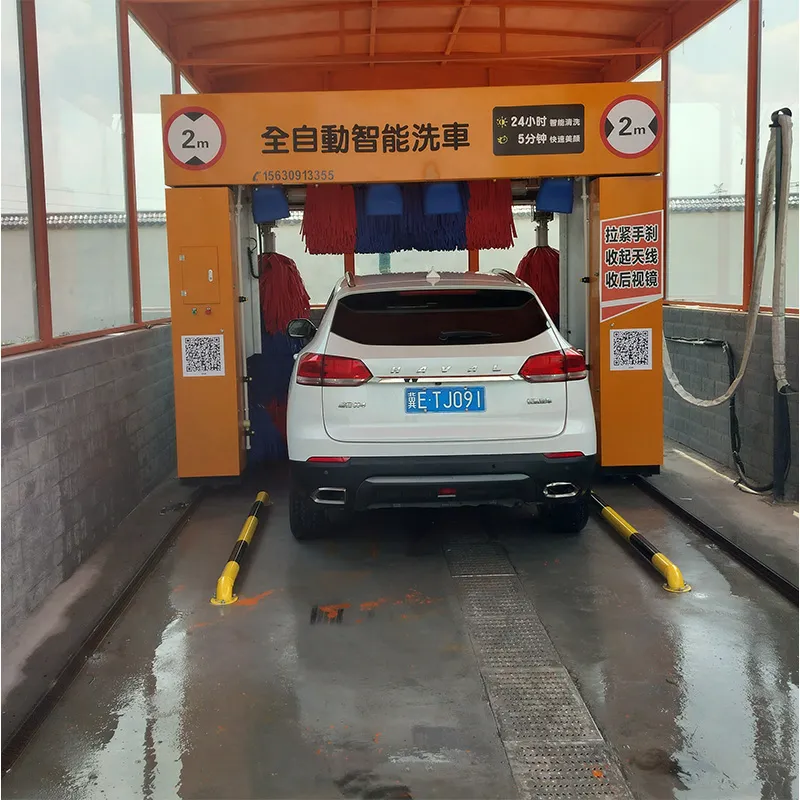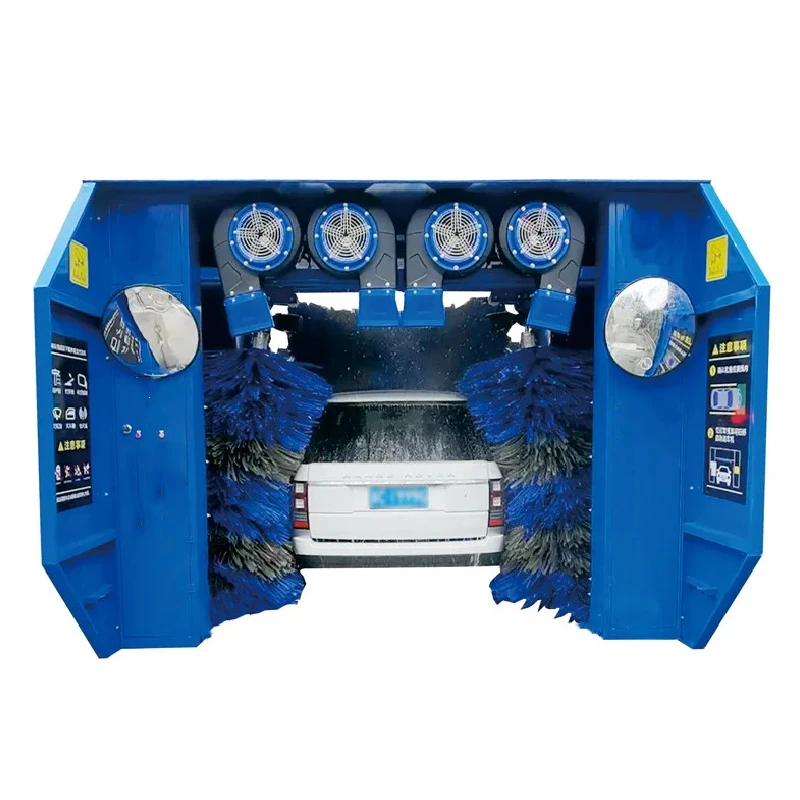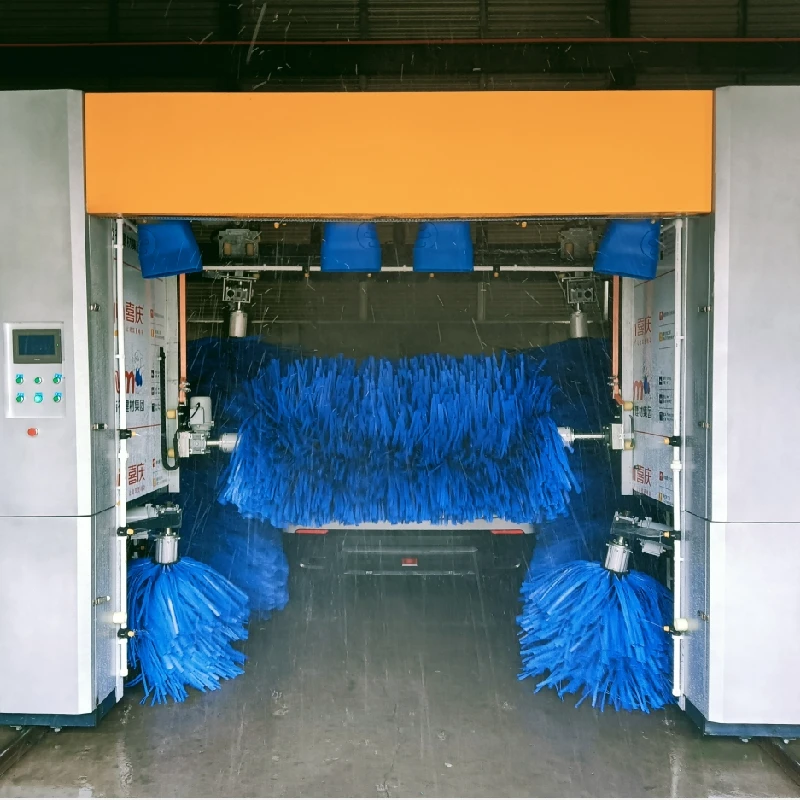
- Afrikaans
- Albanian
- Amharic
- Arabic
- Armenian
- Azerbaijani
- Basque
- Belarusian
- Bengali
- Bosnian
- Bulgarian
- Catalan
- Cebuano
- Corsican
- Croatian
- Czech
- Danish
- Dutch
- English
- Esperanto
- Estonian
- Finnish
- French
- Frisian
- Galician
- Georgian
- German
- Greek
- Gujarati
- Haitian Creole
- hausa
- hawaiian
- Hebrew
- Hindi
- Miao
- Hungarian
- Icelandic
- igbo
- Indonesian
- irish
- Italian
- Japanese
- Javanese
- Kannada
- kazakh
- Khmer
- Rwandese
- Korean
- Kurdish
- Kyrgyz
- Lao
- Latin
- Latvian
- Lithuanian
- Luxembourgish
- Macedonian
- Malgashi
- Malay
- Malayalam
- Maltese
- Maori
- Marathi
- Mongolian
- Myanmar
- Nepali
- Norwegian
- Norwegian
- Occitan
- Pashto
- Persian
- Polish
- Portuguese
- Punjabi
- Romanian
- Russian
- Samoan
- Scottish Gaelic
- Serbian
- Sesotho
- Shona
- Sindhi
- Sinhala
- Slovak
- Slovenian
- Somali
- Spanish
- Sundanese
- Swahili
- Swedish
- Tagalog
- Tajik
- Tamil
- Tatar
- Telugu
- Thai
- Turkish
- Turkmen
- Ukrainian
- Urdu
- Uighur
- Uzbek
- Vietnamese
- Welsh
- Bantu
- Yiddish
- Yoruba
Best Bike and Car Wash Machine – Efficient Automatic Cleaning Solutions
- Introduction: The Growing Demand for Bike and Car Wash Machines
- Technological Advantages: Innovations in Automatic Car and Bike Washing Machines
- Comparative Analysis: Leading Manufacturers and Product Features
- Pricing Insights: Understanding Bike and Car Washing Machine Price Factors
- Customization Options: Tailoring Solutions for Diverse Needs
- Industry Applications: Case Studies Showcasing Real-World Impact
- Conclusion: Future Trends in Bike and Car Wash Machine Solutions

(bike and car wash machine)
Introduction: The Growing Demand for Bike and Car Wash Machines
Over recent years, the transportation industry has experienced rapid growth, resulting in increased vehicle ownership worldwide. According to the International Organization of Motor Vehicle Manufacturers (OICA), global car sales surpassed 66 million units in 2023, while the motorcycle market reached nearly 60 million units. With the surge in vehicle numbers, there is a mounting demand for efficient cleaning solutions. Bike and car wash machines have become an indispensable part of garages, service stations, logistics centers, and even residential complexes. These machines provide several ecological and operational advantages, reducing water consumption by up to 70% compared to manual washing. Businesses and consumers alike are seeking ways to optimize cleaning processes while lowering costs, making automated washing technology a focal point in vehicle maintenance strategies.
Technological Advantages: Innovations in Automatic Car and Bike Washing Machines
The evolution of automatic car and bike washing machines is driven by advancements in automation, robotics, and sensor-based technologies. Modern systems boast features such as touchless cleaning, high-pressure jets, soft foam brushes, integrated drying modules, and eco-friendly detergents. Many machines are equipped with programmable logic controllers (PLCs) and Internet of Things (IoT) connectivity, enabling remote monitoring and predictive maintenance. For instance, leading European models utilize high-precision ultrasonic sensors to detect vehicle contours, optimizing water and chemical usage for each wash. Energy efficiency is also a priority, with some washing systems consuming less than 1.5 kWh per cycle, and advanced water recycling capabilities reclaiming over 85% of used water. These innovations significantly reduce operating expenses and environmental impact, making automatic washing machines the preferred choice in both commercial and industrial applications.
Comparative Analysis: Leading Manufacturers and Product Features
A direct comparison of market-leading bike and car wash machine
s reveals considerable variation in performance, pricing, and functional versatility. The table below compares four top models based on key parameters.
| Manufacturer | Model | Vehicle Compatibility | Wash Cycle Time (min) | Water Usage per Cycle (L) | Power Consumption (kWh) | Eco Features | Average Price (USD) |
|---|---|---|---|---|---|---|---|
| WashMaster Pro | WM-4000 | Cars & Bikes | 8 | 58 | 1.2 | Water Recycling, Low-Energy Mode | 18,500 |
| CleanJet Solutions | CJ DualWash | Bikes, Sedans | 5 | 41 | 1.0 | Touchless, Biodegradable Detergent | 13,900 |
| AquaTec Systems | AQ FullAuto | Cars (All Types) | 9 | 72 | 1.7 | Greywater Recycling, Auto-Dry | 16,500 |
| GreenWash Innovate | GW-EcoDrive | Cars & Motorcycles | 7 | 49 | 1.3 | Solar Ready, Recycled Plastics | 15,800 |
This comparative data illustrates variations in water and energy efficiency, compatibility with different vehicle types, and eco-friendly engineering. Businesses must consider not only purchase price but total cost of ownership, warranty, and feature scalability when selecting a solution.
Pricing Insights: Understanding Bike and Car Washing Machine Price Factors
Evaluating bike and car washing machine price involves several factors that extend beyond the initial purchase. Critical determinants include washing capacity (cycles per day), degree of automation, customization potential, and after-sales support. Entry-level machines designed for low-traffic locations may start from as little as $5,000 USD, covering basic high-pressure washing and residual water extraction. In contrast, advanced multi-vehicle systems with smart controls, water recycling, and extended warranties can range from $12,000 to over $30,000 USD. Consumables such as detergents, brushes, and filters contribute to ongoing operational costs. The adoption of eco-efficient technology often results in savings over time by minimizing water, power, and maintenance expenditures. According to a report from MarketsandMarkets, the global car wash industry is projected to grow at a CAGR of 5.6% from 2024 to 2030, driven primarily by demand for automatic and sustainable cleaning systems.
Customization Options: Tailoring Solutions for Diverse Needs
No single washing machine fits all business models or site-specific constraints. Many manufacturers now provide modular assembly, allowing customers to add or remove features such as wheel cleaners, underbody washers, mobile app integration, or heated drying tunnels. For instance, a commercial car park operator may require RFID-enabled loyalty solutions, while a motorcycle dealership may prioritize compact, rapid-wash features. Custom spray arm configurations, color schemes, language interfaces, and payment gateways ensure maximum utility and branding value. Flexible financing and leasing arrangements have also emerged, making it easier for small businesses to adopt sophisticated cleaning technology without large upfront capital outlay. Moreover, IoT-based dashboards provide actionable insights, giving operators control over cycles, resource use, and maintenance scheduling. By understanding unique operational and regulatory demands, businesses can partner with manufacturers to build machines that precisely match their needs.
Industry Applications: Case Studies Showcasing Real-World Impact
The adoption of automatic car and bike washing machines has transformed operations across a spectrum of industries. One notable logistics company, operating a fleet of 300+ delivery bikes in Southeast Asia, reported a 65% decrease in washing time per unit after implementing a dual-purpose machine, freeing up 4,500 work hours annually. Similarly, a European auto dealership reduced annual water consumption by 72,000 liters with an advanced model integrating greywater recovery. In India, a high-traffic fuel station observed a 40% boost in customer satisfaction scores following the installation of a semi-automatic, contactless wash bay, leading to a 25% rise in service revenue in the following quarter. These case studies highlight the measurable benefits of upgrading to modern washing technologies: substantial resource savings, improved customer experience, and stronger environmental compliance.
Conclusion: Future Trends in Bike and Car Wash Machine Solutions
The evolution of bike and car wash machines will continue to be shaped by innovations aimed at enhancing efficiency, sustainability, and user experience. Upcoming trends include integration with renewable energy sources (solar-powered units), increased automation through AI-driven washing protocols, and expanded use of biodegradable cleaning agents. As urban mobility patterns shift and environmental regulations tighten, the demand for adaptable, resource-conscious cleaning solutions will intensify. Businesses that invest in advanced washing machines today are not only reducing operational costs but are aligning with global eco-standards and future-proofing their operations. With the right supplier partnerships, customization strategies, and data-driven management, the next generation of bike and car wash machines promises exceptional returns for both operators and end-users.

(bike and car wash machine)
FAQS on bike and car wash machine
Q: What is a bike and car wash machine?
A: A bike and car wash machine is a device designed to clean both bikes and cars efficiently. It uses high-pressure water jets, brushes, and cleaning agents. This machine automates the washing process for faster and better results.Q: How does an automatic car and bike washing machine work?
A: An automatic car and bike washing machine operates by moving the vehicle through a series of cleaning stages. It uses automated brushes, sprayers, and dryers. This process reduces manual labor and saves time.Q: What are the advantages of using a bike and car wash machine?
A: These machines provide thorough and consistent cleaning with minimal effort. They save water, time, and reduce manual work compared to traditional washing. They are suitable for both personal and commercial use.Q: What is the price range for a bike and car washing machine?
A: The price of a bike and car washing machine varies based on features and capacity. Basic models start from a few hundred dollars, while advanced automatic versions can cost several thousand. Be sure to compare specifications for the best value.Q: Can a bike and car wash machine be used at home?
A: Yes, there are compact and user-friendly bike and car wash machines designed for home use. These are easy to install and operate. Ensure the model you select fits your available space and washing needs.-
Integrating Aqua Tunnel Car Wash in Shopping CentersNewsJun.24,2025
-
Gas Station with an Auto Car Wash MachineNewsJun.24,2025
-
Efficiency in Your Aqua Tunnel Car Wash: Power & Water-SavingNewsJun.24,2025
-
Car Wash Business with Advanced Auto Car Cleaning MachinesNewsJun.24,2025
-
Balancing Setup Costs with Aqua Tunnel Car WashNewsJun.24,2025
-
Aqua Tunnel Car Wash: Eco-Design for the Energy-Savvy EntrepreneurNewsJun.24,2025



